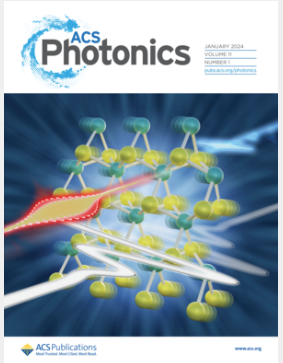Re-defining Non-tracking Solar Cell Efficiency Limits with Directional Spectral Filters
IF 6.5
1区 物理与天体物理
Q1 MATERIALS SCIENCE, MULTIDISCIPLINARY
引用次数: 0
Abstract
Optical filters that respond to the wavelength and direction of incident light can be used to increase the efficiency of tracking solar cells. However, as tracking solar cells are more expensive to install and maintain, it is likely that nontracking solar cells will remain the main product of the (terrestrial) solar cell industry. Here we demonstrate that directional spectral filters can also be used to increase the efficiency limit of nontracking solar cells at the equator beyond what is currently understood by up to ∼0.5% (relative ∼1.8%). We also reveal that such filters can be used to regulate the energy output of solar cells throughout a day or year, and can reduce the thickness of the absorber layer by up to 40%. We anticipate that similar gains would be seen at other latitudes. As this filter has complex wavelength-direction functionality, we present a proof-of-concept design based on Luneburg lenses, demonstrating these filters can be realized. Our results will enable solar cells with higher efficiency and more stable output while using less material.

求助全文
约1分钟内获得全文
求助全文
来源期刊

ACS Photonics
NANOSCIENCE & NANOTECHNOLOGY-MATERIALS SCIENCE, MULTIDISCIPLINARY
CiteScore
11.90
自引率
5.70%
发文量
438
审稿时长
2.3 months
期刊介绍:
Published as soon as accepted and summarized in monthly issues, ACS Photonics will publish Research Articles, Letters, Perspectives, and Reviews, to encompass the full scope of published research in this field.
 求助内容:
求助内容: 应助结果提醒方式:
应助结果提醒方式:


